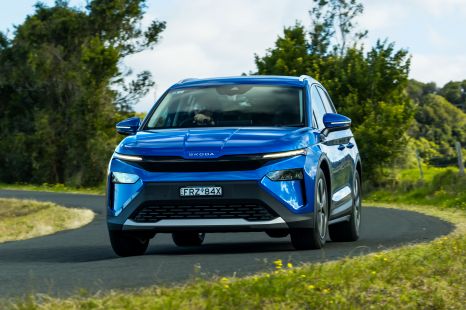

Josh Nevett
2026 Skoda Elroq review
5 Days Ago
Dacia’s newest and largest model is smooth, economical and satisfying. But will the all-new mid-size SUV get a ticket to Australia?
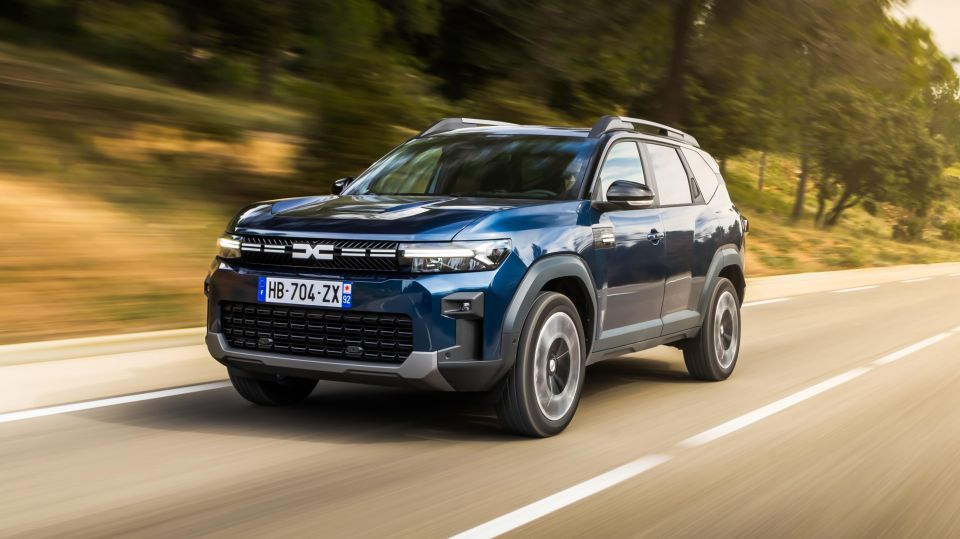
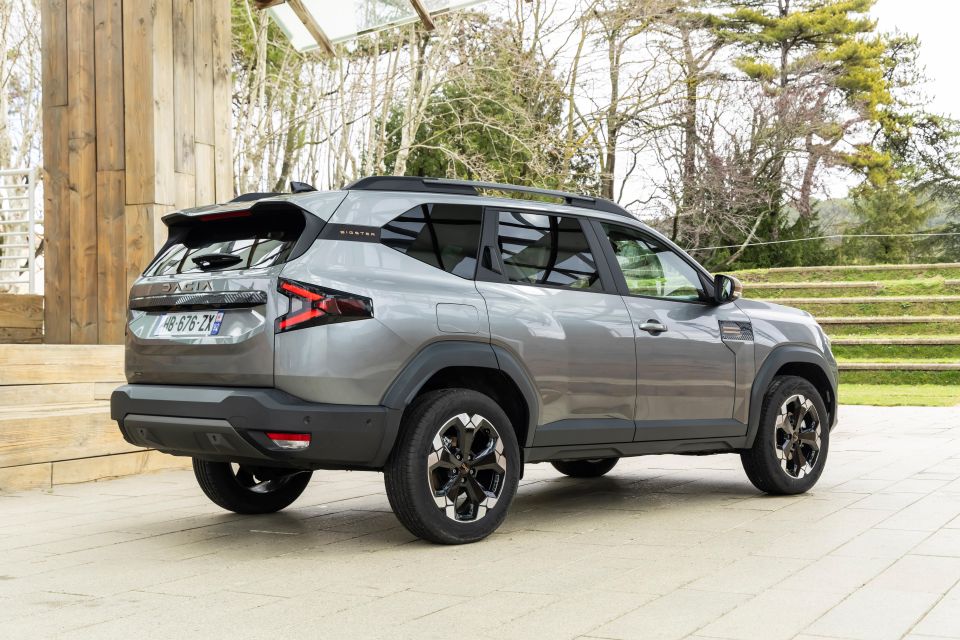

Contributor

Contributor


Contributor

Contributor
Where expert car reviews meet expert car buying – CarExpert gives you trusted advice, personalised service and real savings on your next new car.
You’d think that the rugged, affordable Romanian brand would be a natural fit for the Australian car market, but Ateco Automotive – Renault’s importer and therefore the arbiter of what happens to Dacia in an Australian sense – has long said that if and when it does import any Dacias, they would be sold here with Renault badges.

And it announced exactly that just last month, when it confirmed the Dacia Duster small SUV would arrive in Renault Australia showrooms as the Renault Duster by the end of this year.
That makes sense from a brand recognition point of view, but not much sense in most other ways. Dacia no longer makes cheap and cheerful cars that are little more than rebodied Renaults.
Rather, it makes a range of cars all of its own design and to its own purposes, and simply makes regular raids on the Renault corporate parts cupboard, nicking mechanical bits for which Renault has long since paid the development costs, sidestepping some of the more sophisticated safety items at the same time, keeping costs under control and taking the subsequent poor safety ratings from Euro NCAP on the chin.
In Europe, car buyers love this recipe, and last year the Sandero, Dacia’s small hatchback, was the best-selling car of all, while the compact Duster stormed to the top of the SUV sales charts – at least as far as private buyers were concerned.
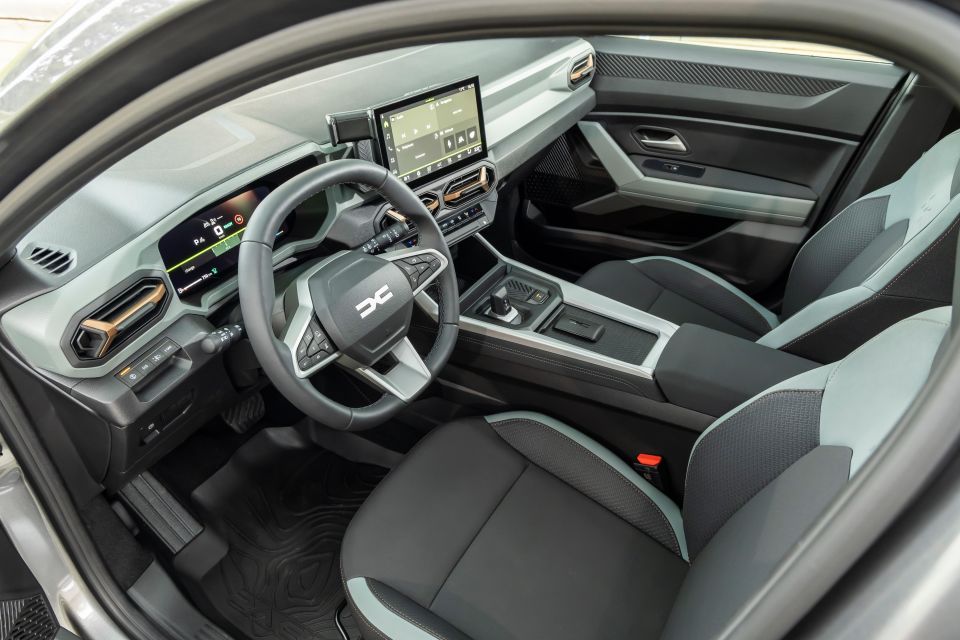
Now comes the Dacia Bigster – a cheesy name, right enough, but one with a serious purpose as it lifts Dacia up and away from the more compact models on which it has built its success so far and into a larger, more profitable slice of the car market.
The Bigster does this at a time when Dacia is carefully massaging its brand image, moving away from its so-cheap-you-can’t-complain origins and into a realm where value for money is still the brand’s number one attraction, but close behind are things such as style and a sense of outdoorsy adventurousness.
Dacia wants to be a lower-priced rival for Jeep and Land Rover, and this burgeoning image, combined with the Bigster’s space and utility, would make it an ideal addition to the single biggest sales segment in the Australian car market. You’d think. Will it ever come here? We’ll have to wait and see. In the meantime, let’s see what we’re missing…
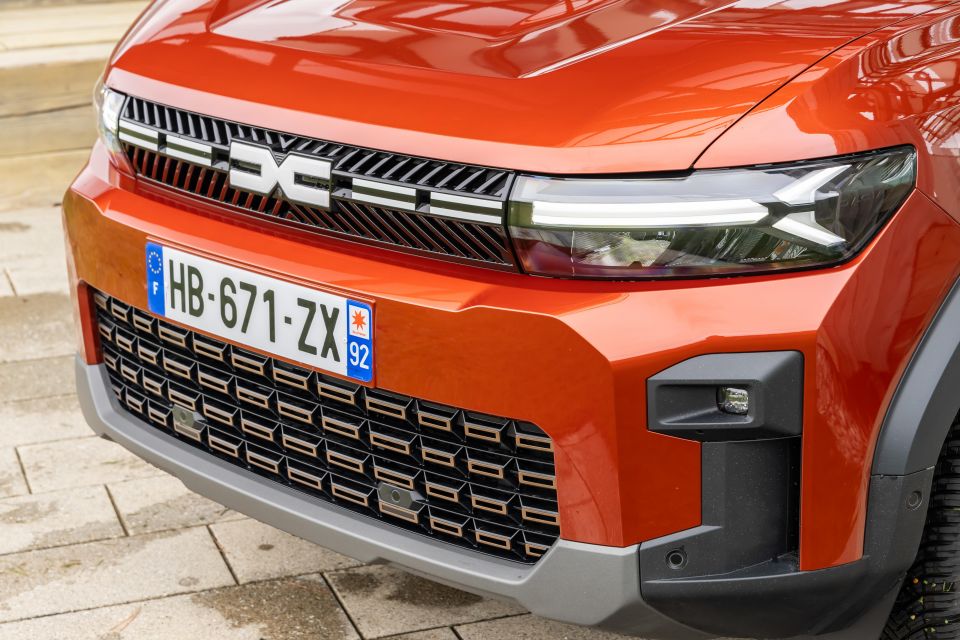
Style-wise, the Bigster lifts a lot from the smaller Duster, with a chunky, four-square look. There are distinctive touches, such as the Y-shaped LED running lights built into the main units, the ‘DC’ Dacia badge, known as the Dacia Link, in the grille, and the heavily castellated bonnet. There are also neat rear light clusters that avoid crossing over into the boot lid – as that would add extra wiring complexity and, therefore, more cost.
Another really nice touch is the ‘Starkle’ plastic for the exterior. This black plastic, which has little flecks of white and grey in the material, is made of 20 per cent recycled polypropylene, and the paint is added in the mould so it can’t be scratched. Dacia uses Starkle to protect the Bigster’s extremities from knocks and scrapes and along with the lack of exterior chrome, it gives the Bigster a pleasantly no-nonsense look.
Its UK price translates to an equivalent of $49,000, which would put the Bigster in the heart of Australia’s booming mid-size SUV segment led by the Toyota RAV4, Mitsusbishi Outlander, Kia Sportage, Mazda CX-5 and Hyundai Tucson.
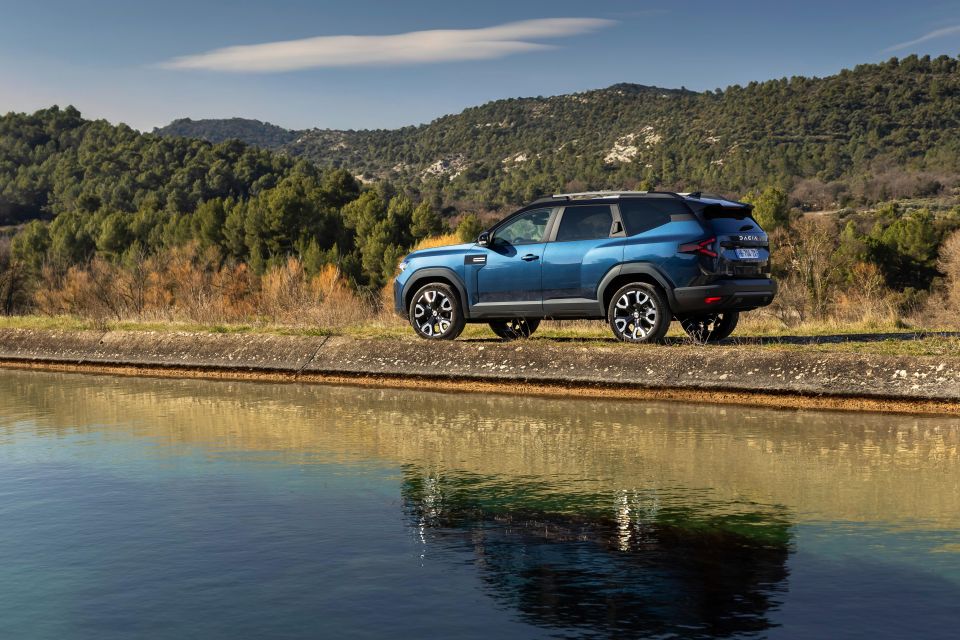
In Europe, Dacia tends to strip more equipment out of its cars, chasing maximum value, than it puts in. But the Bigster bucks that trend, with reasonable standard equipment and options such as an electric tailgate, a panoramic glass roof and 19-inch alloy wheels.
Buy your new car without the stress. It's fast, simple and completely free.

Great service from Travis and team, second time I have used this business would not hesitate to recommend them to anyone
Craig C.
Purchased a Ford Ranger in Sunshine Coast, QLD
CarExpert helped Craig save $7,224 on his Ford Ranger, now let us save you on your next new car.
Get your BEST priceDacias were once noticeably built down to a price, but the brand has seriously upped its game in quality and material terms, though the Bigster’s cabin wears its still-cheap plastics with pride.
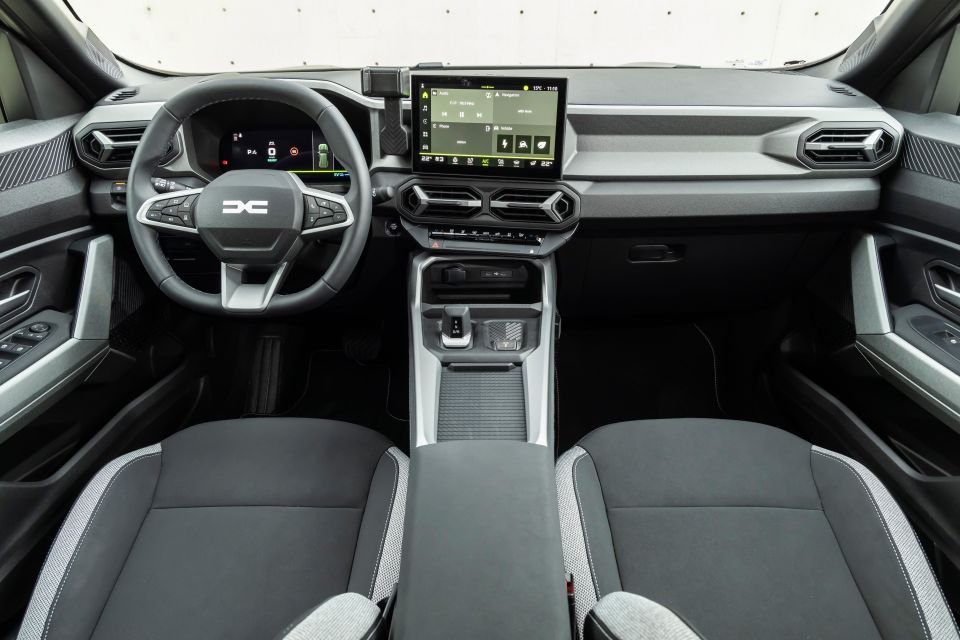
To be fair, the materials used are closer to robust than cheap, and instead of acres of plain, scratchy plastic, Dacia has moulded in textures and colours that lift the look and feel of the dashboard and door tops.
Equally, items such as the steering wheel and the stubby, rubberised toggle switch that selects the automatic gears have been carefully worked on to make sure that they’re pleasingly tactile (the manual gear shifter less so).
The front seats and driving position also mark a substantial improvement over Dacia’s smaller Duster SUV, which shares the same CMF-B platform as the Bigster. The driving position feels lower and more natural, and there’s more space for your legs and feet.
Plus, the front seats – covered in either a pleasant tweedy material, or a wipe-down covering that feels almost wetsuit-like – are very comfortable and supportive. We spent several hours behind the Bigster’s wheel for this test, with nary a twinge nor complaint from back nor legs.
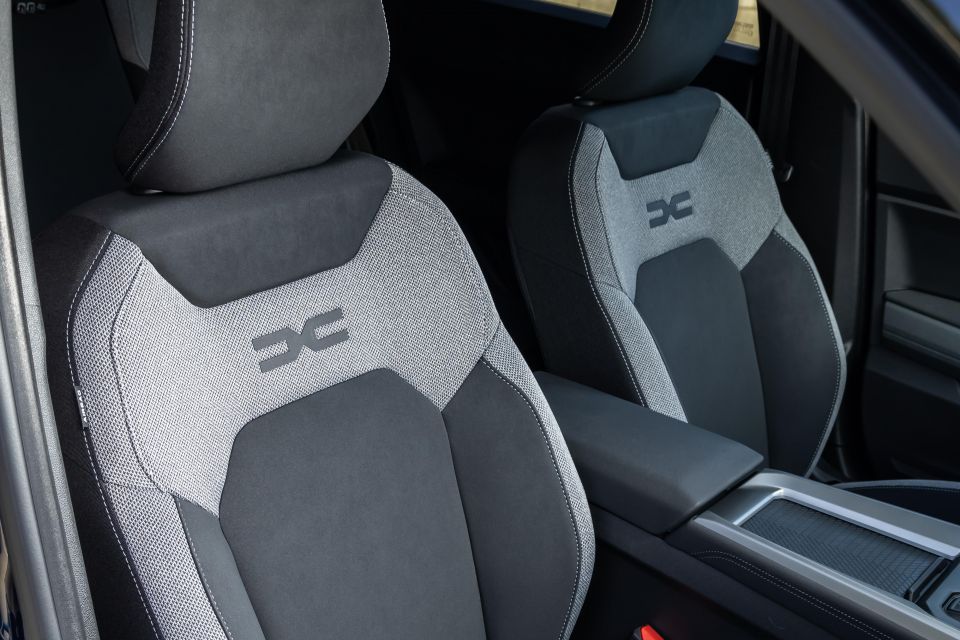

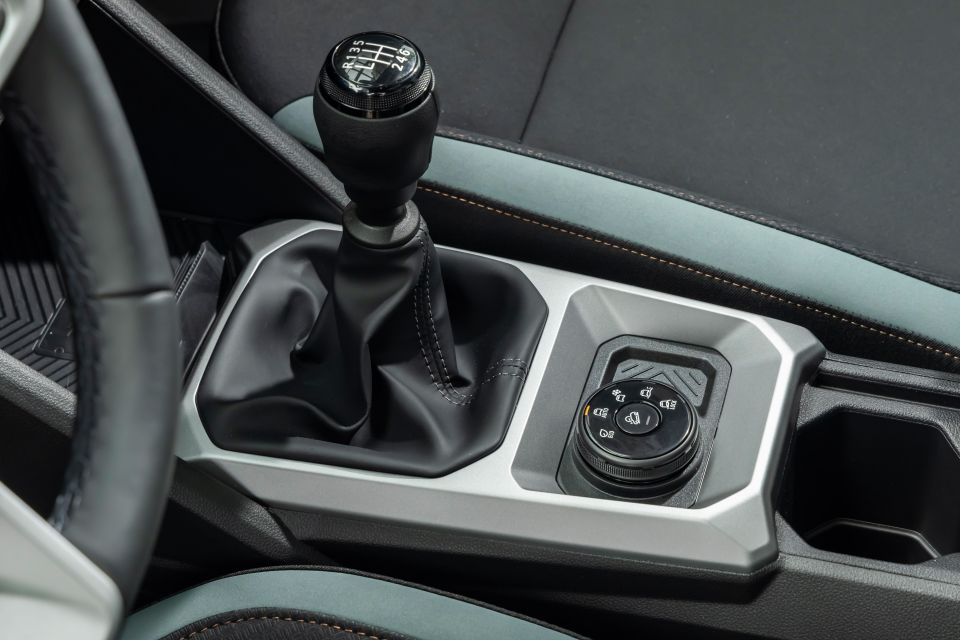
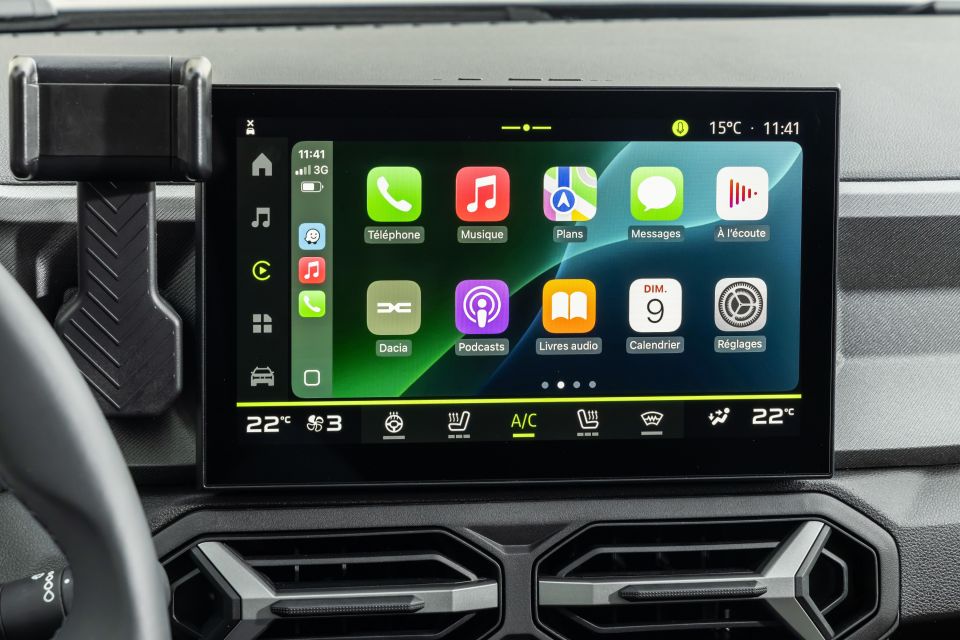
There’s a choice of centre console layouts, depending on the model, and our top-spec hybrid-engined Journey test car came with the tallest of these, featuring a usefully deep storage area under the armrest, two large cupholders and more space in front of the gear selector which is home to a wireless phone charging pad.
The Bigster’s 10.1-inch infotainment touchscreen sticks to the brand’s simple and affordable shtick by being almost mono-coloured (it’s mostly green, black, or yellow) and easy enough to use. It helps that Dacia has borrowed a set of physical buttons for the air-conditioning system from the Renault Austral, which work well and feel like quality items.
The driver’s digital instrument cluster – measuring either 7.0-inch or 10.0-inch depending on the model – is again simple, almost monochrome and easy to use. There are physical buttons on the steering wheel for the cruise control and for changing the display on the instrument panel, while there’s a separate stalk behind the wheel for audio controls – again, lifted from several recent Renaults.
The Bigster’s big advantage, as befits its name, is space. Dacia claims that there’s 240mm of legroom in the back and taller rear passengers should have little difficulty in getting comfortable.
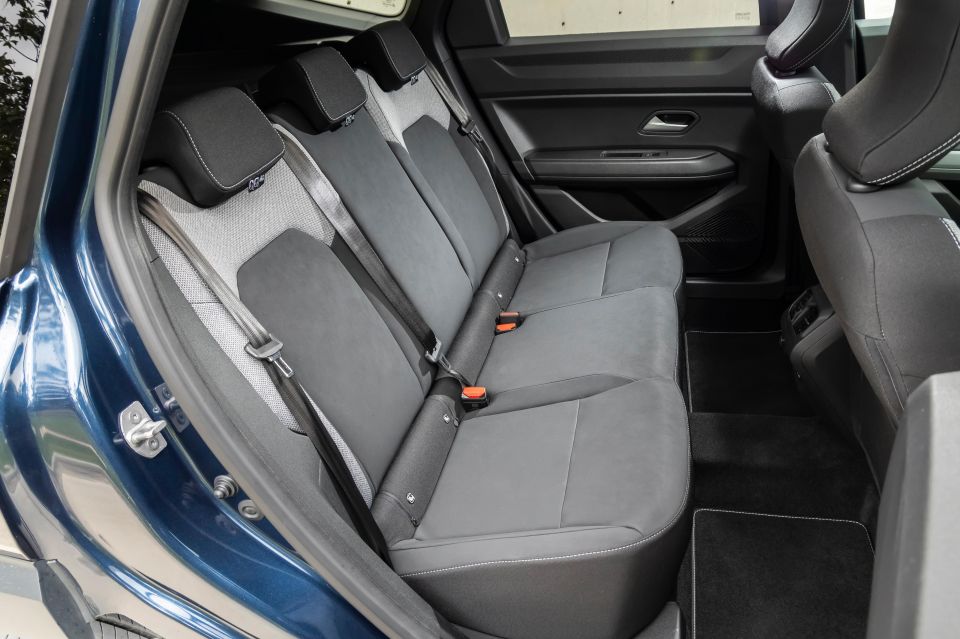
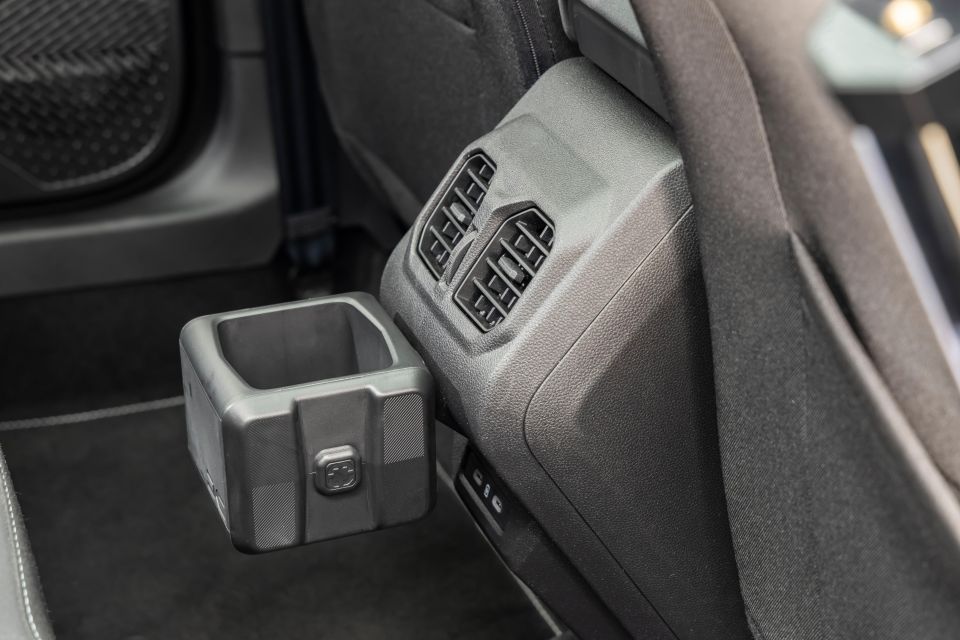
The big side windows give you a decent view out, and the optional glass roof is nice too, letting in lots of extra light. The rear seat armrest doubles as the load-through for the boot and includes cupholders and mobile phone holders.
Dacia also includes ‘YouClip’ mounts – little clip-on points of its own design for extra accessories, such as more cupholders or even a clip-on torch. There’s also a design competition at the moment to create clever new accessories, including a combined dog water bowl, leash hook, and poop-bag holder. In theory, you can even 3D-print your own YouClip accessories, as Dacia has made the design for the system open-source.
There are three YouClip mounts in the cabin, and two more in the boot, which is massive. Go for the basic front-wheel drive version and there’s 702 litres of luggage room up to the retracting load cover, and 2002 litres if you fold the three-way-split back seats down (there are handy levers at the back of the boot to help with this).
Our hybrid test car loses some of that space to its battery but still has 612 litres of cargo capacity under the luggage cover, which is massive enough for most. The boot floor is reversible – carpeted on one side, wipe-clean plastic on the other.
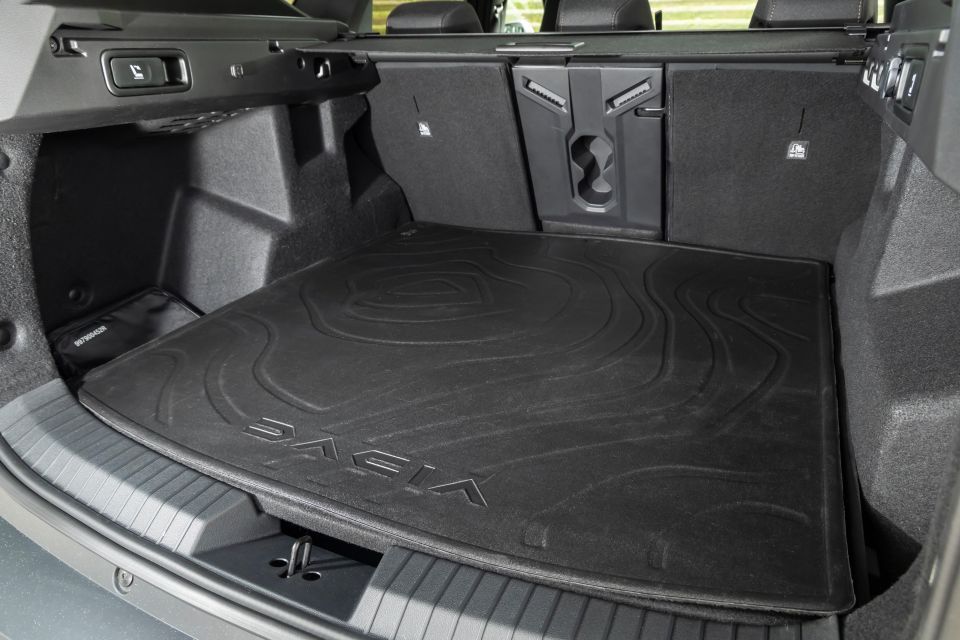
You might quibble that there’s no seven-seat option, and given how massive the boot is, that’s a justifiable gripe. Dacia rationalises the decision to leave the Bigster as a five-seater in a number of ways, but the main reason is simply cost.
To engineer the Bigster for seven seats would have meant a different rear structure, new rear suspension and difficulties packaging the hybrid battery. All of which would have pushed up the price, and that’s just not the Dacia way. And in Europe Dacia offers the Jogger seven-seater.
The Bigster might be big, but none of its engines are. The most basic variant comes with a turbocharged 1.2-litre three-cylinder petrol engine with mild-hybrid assistance, producing just 103kW.
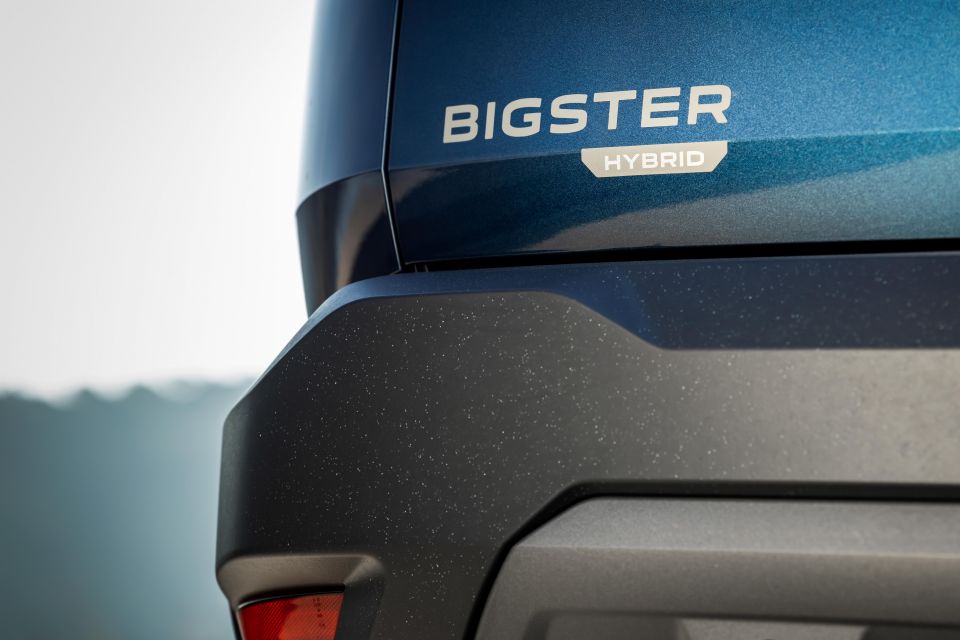
For some markets, there’s also a 96kW version of this engine which can run on LPG as well, and has a round LPG tank sitting in the spare wheel well under the boot floor. The sole all-wheel drive Bigster, for now, uses that engine too, and all of those versions come only with a six-speed manual gearbox.
However, the best-seller in Europe is likely to be the Hybrid 155 version, which employs a 1.8-litre petrol engine backed up by a 37kW electric motor and a compact 1.2kWh lithium-ion battery, producing a total of 115kW. It also uses a complex four-speed automatic gearbox, into which the electric motor and a hefty starter-generator are installed.
Those are the only engine options for the moment, but next year the Bigster will become the first Dacia model to get a new electric rear-axle drive system, allowing it to offer all-wheel drive combined with hybrid power and an automatic gearbox.
Dacia doesn’t quote a combined system torque output, but the engine manages 172Nm and the electric motor 205Nm, so it’s not doing too bad, and even in this heaviest hybrid form, the Bigster only weighs 1487kg.
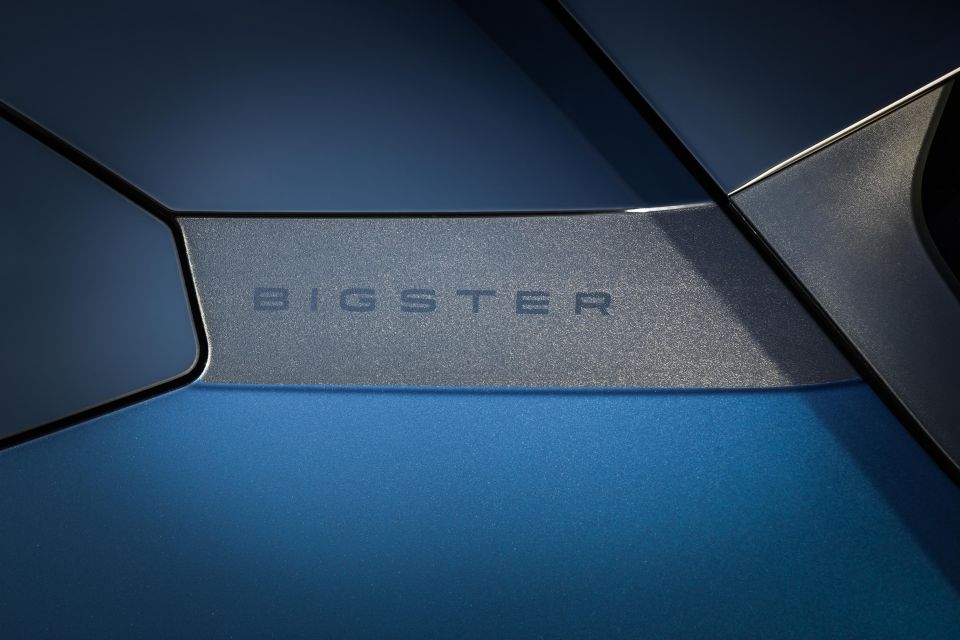
Thanks to that, fuel economy is impressive. Dacia quotes an official number, on the WLTP test, of 4.6L/100km, and we managed 5.3L/100km on our drive. In fairness, that was on French roads, which have generally quite low speed limits, but we did drive over a good mix of highway, city, town, country and twisty mountain roads.
CO2 emissions are also impressively low, matching and even beating the best that the Toyota RAV4 can manage. It’s worth noting that while the mild-hybrid Bigster can tow up to 1500kg with a braked trailer, in this Hybrid 155 version that falls to 1000kg.
| Specifications | Dacia Bigster Hybrid 115 |
|---|---|
| Engine | 1.8L 4cyl hybrid |
| Power | 115kW |
| Torque | 172Nm (petrol engine) 205Nm (electric motor) |
| Transmission | 4-speed automatic |
| Drive type | FWD |
| Weight (kerb) | 1487kg |
| Fuel economy (claimed) | 4.6L/100km |
| Fuel tank capacity | 50L |
| Fuel requirement | 95-98 octane premium unleaded petrol |
| CO2 emissions | 104g/km |
| Emissions standard | Euro 6e |
The Bigster is only a little taller than it is wide, and that squareness seems to make its way through to the driving experience.
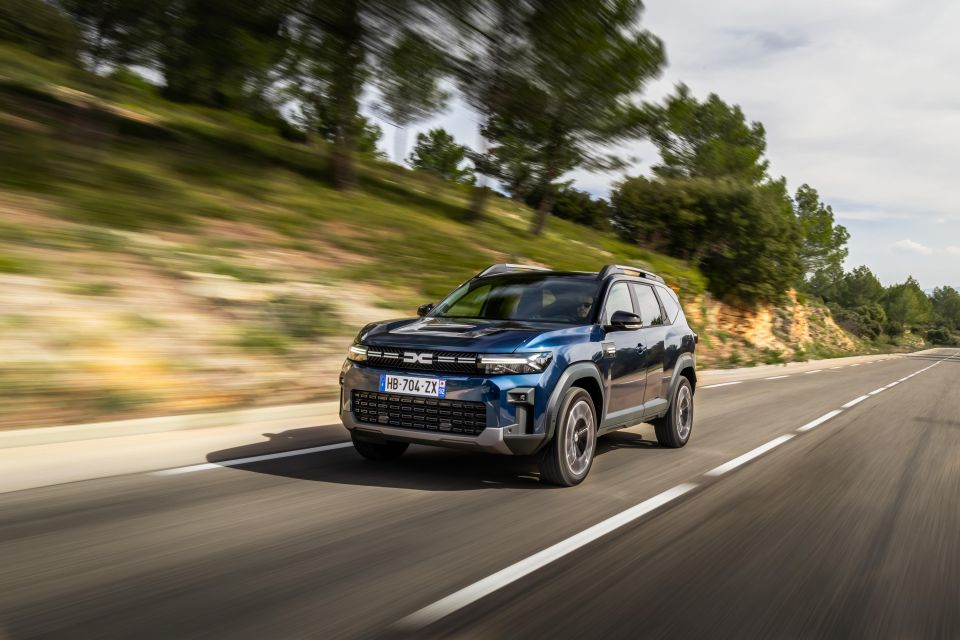
It feels blocky and solid on the road, not in an unenthusiastic sense, but in a steady, safe-pair-of-hands sense. It drives like a good opening batter bats.
The Bigster’s steering is light and doesn’t communicate much, so don’t go expecting the S in SUV to be paid off. Equally, the soft suspension – occasionally caught out by sharp edges and sending a big ‘thwack’ up through the cabin – means that the big, square nose bobs about a bit and needs a moment’s breath to settle before you swing it into a fast corner.
While none of that sounds great, the fact is that the Bigster drives with a sort of laid-back confidence. No, you’ll never chuck it around for fun, but equally it rolls along pleasantly with enough responsiveness to the steering to ensure that you don’t get too bored.
It’s a family car and set up for easy-going cruising more than anything else, and at that it does very well.
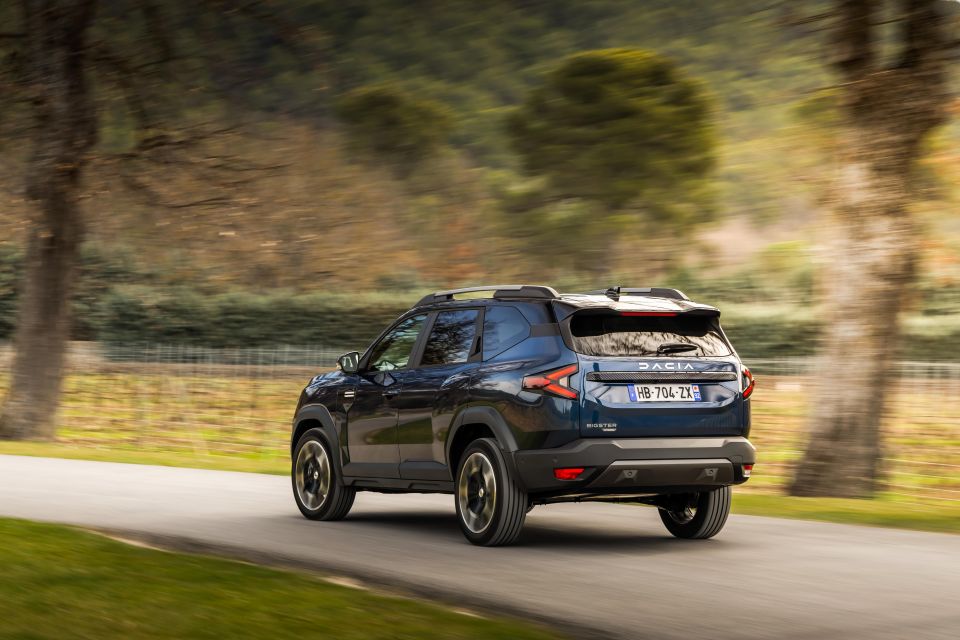
The limitation is refinement. Dacia has added more acoustic insulation than it usually does, and there’s even thicker-than-usual side glass to try and keep the noise down, but at highway speeds you’ll definitely notice some wind roar and tyre drone. It’s not too bad though, and long runs in the Bigster still turn out to be pretty relaxing.
Of more interest to most drivers than its cornering prowess are good visibility, and it helps that you can see the edges of the bonnet from the driver’s seat.
While the Bigster is big, by Dacia standards, at just under 4.6 metres long and 1.81 metres wide, it’s far from the largest SUV around, and it never felt overly bulky even on the narrow streets of French villages.
Given that the Dacia Bigster isn’t confirmed for Australia, we don’t know it’ll get. In Europe it gets the following as a base.
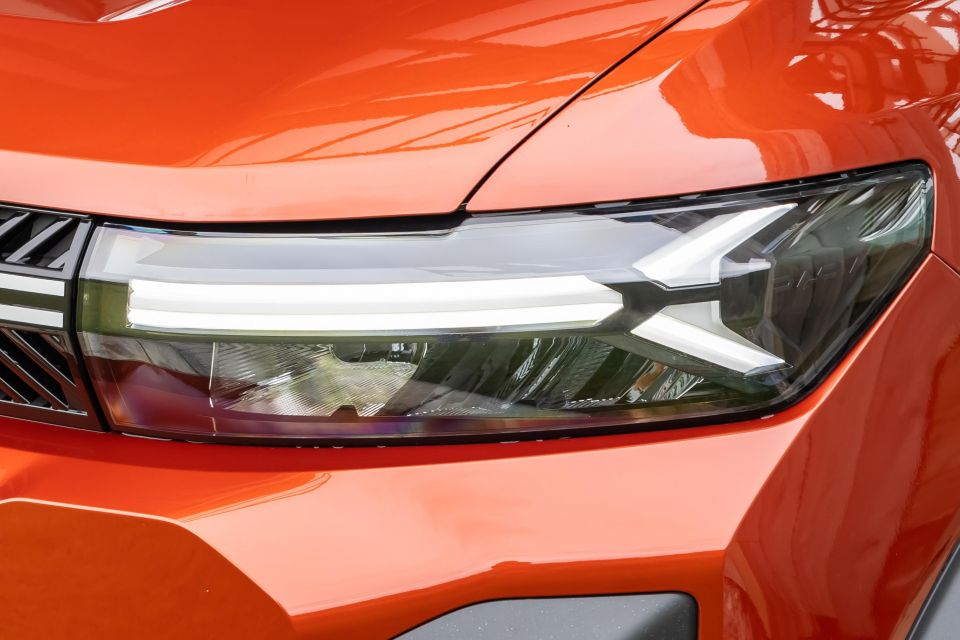
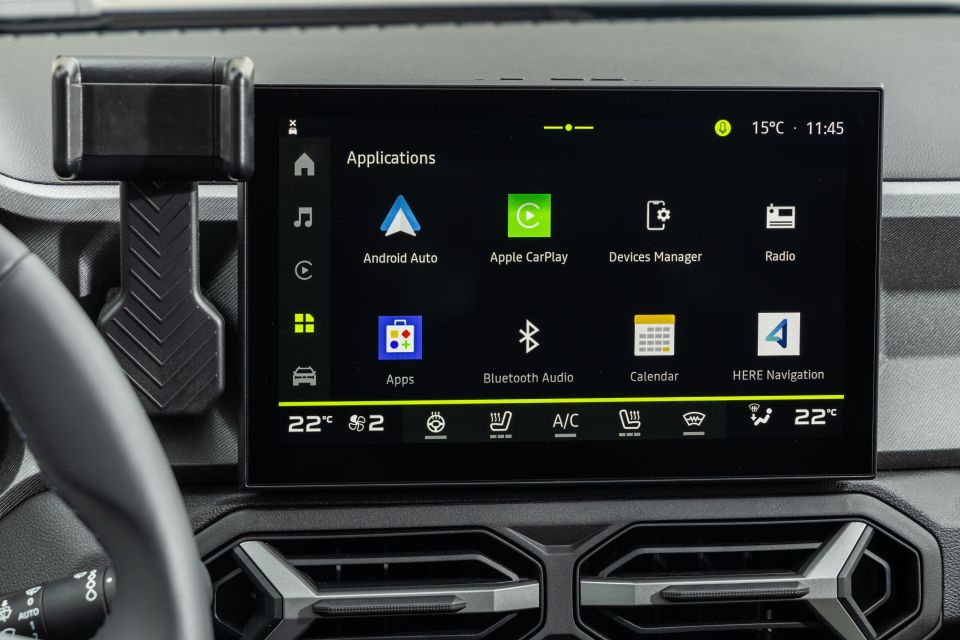
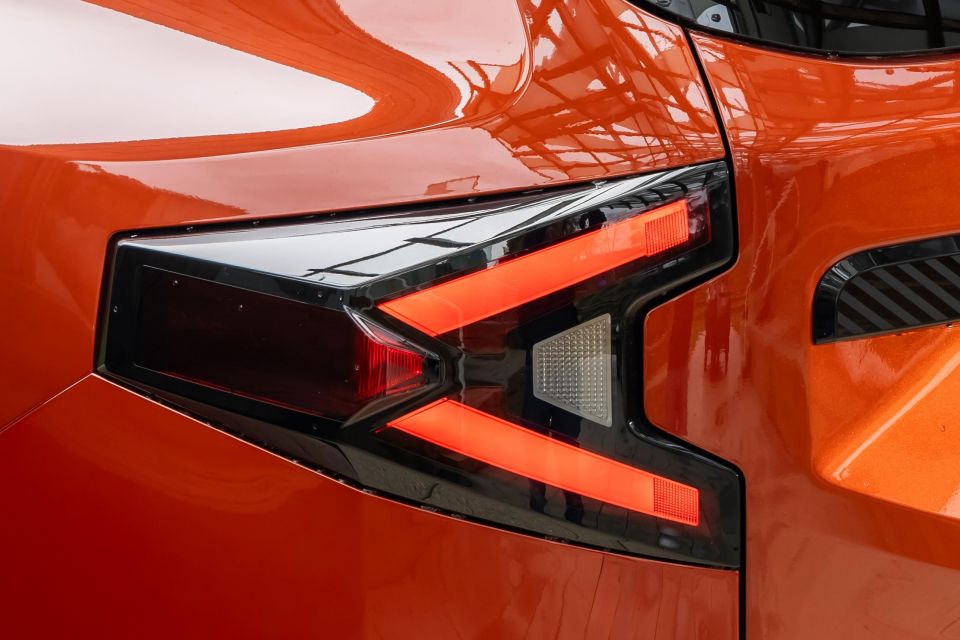

Where expert car reviews meet expert car buying – CarExpert gives you trusted advice, personalised service and real savings on your next new car.
2025 Dacia Bigster highlights:
There has been something of a running battle between Euro NCAP and Dacia for the past few years – NCAP keeps penalising Dacias in crash tests for not featuring the latest electronic safety tech; Dacia hits back by saying that the tech is too expensive, and customers just switch most of it off anyway.
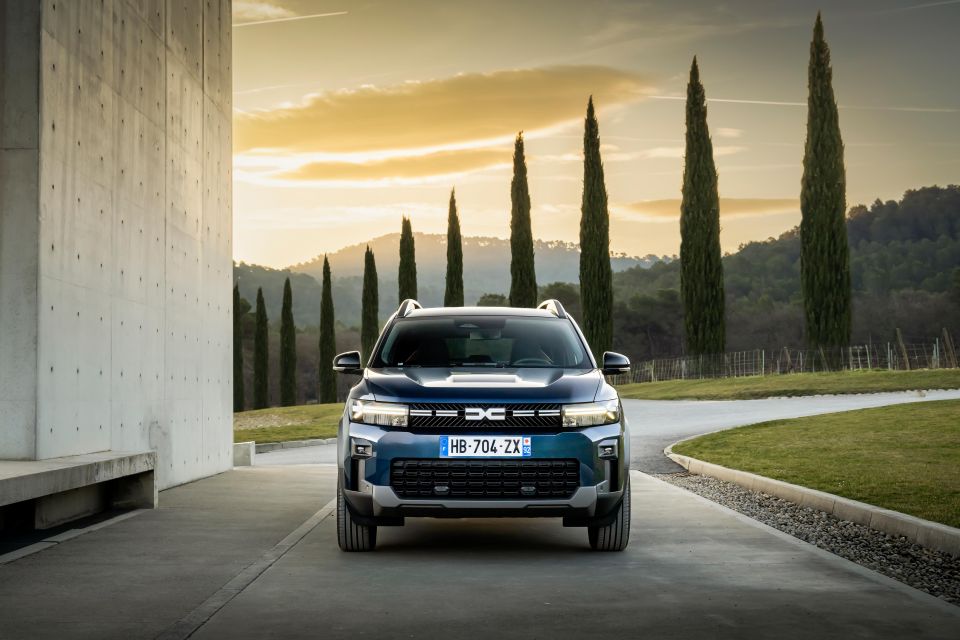
The result has been some very low NCAP scores for Dacia models in recent years, although Dacia insists that its cars would score four stars if the test focused on physical safety, rather than electronic add-ons. The Bigster hasn’t been independently crash tested yet, but it should do better than some previous Dacia models, not least because European legislation has forced Dacia’s hand and so the Bigster now comes with more in the way of electronic safety aids.
Standard safety equipment includes:
The Bigster Hybrid 155’s impressive real-world fuel economy suggests that it’ll be cheap to run in the longer term, and Dacia’s ever-competitive pricing means that repayments will be low if you’re buying on finance.
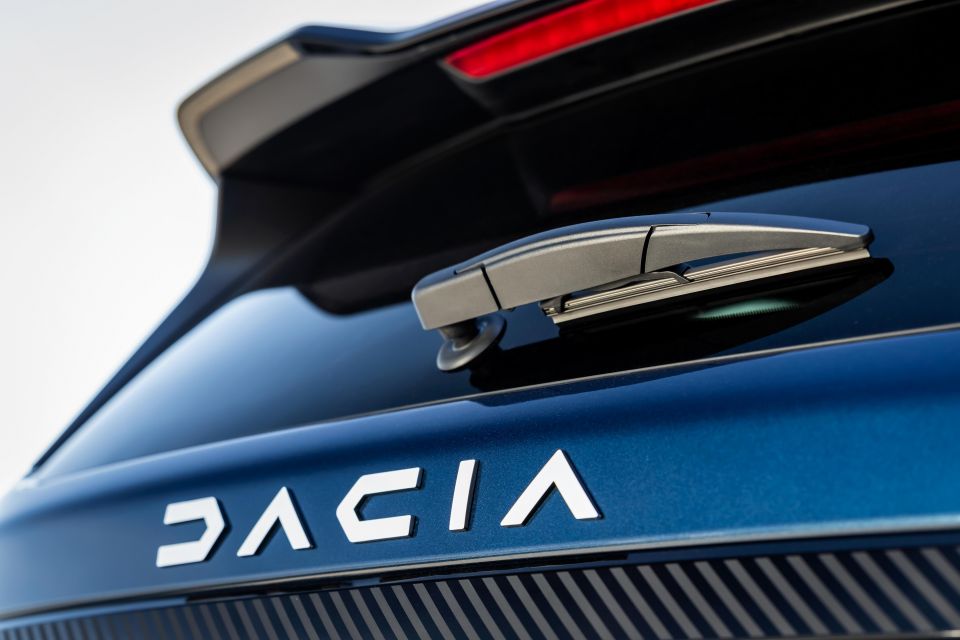
Solid performances in European reliability surveys suggest that little enough goes wrong for Dacia owners, although much of that is based on older, less technically sophisticated models, so there’s a small question mark there.
Dacia, in most European markets, offers a basic three-year, 100,000km warranty, but it has offered more extensive cover in the past, so what might come to this market remains to be seen. For reference, Renault Australia offers a minimum five-year, 100,000km warranty. No servicing costs are yet available.
Buy your new car without the stress. It's fast, simple and completely free.

Great service from Travis and team, second time I have used this business would not hesitate to recommend them to anyone
Craig C.
Purchased a Ford Ranger in Sunshine Coast, QLD
CarExpert helped Craig save $7,224 on his Ford Ranger, now let us save you on your next new car.
Get your BEST priceObviously, there’s a huge question over whether the Bigster will come to Australia, but for our money, it really ought to.
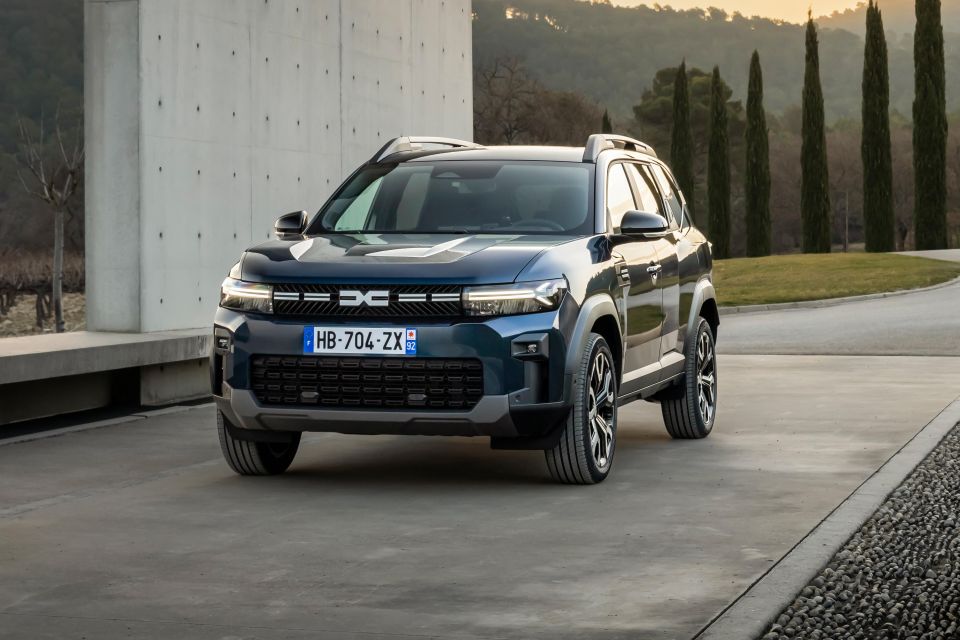
The Bigster combines Dacia’s traditional money-saving approach with a dollop of extra sophistication, comfort and classy styling.
Add to that a general sense of ruggedness, and some potential proper rough-road chops for the AWD versions, and you have a mid-size SUV that seems ideally suited to our market.
Click the images for the full gallery
MORE: Everything Dacia
Where expert car reviews meet expert car buying – CarExpert gives you trusted advice, personalised service and real savings on your next new car.


Josh Nevett
5 Days Ago
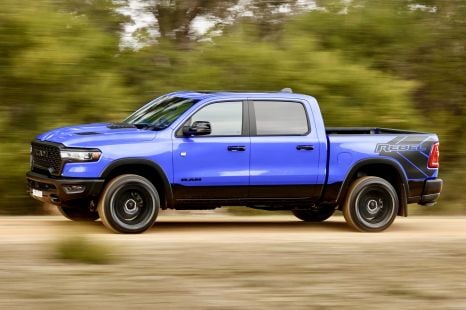

Max Davies
5 Days Ago
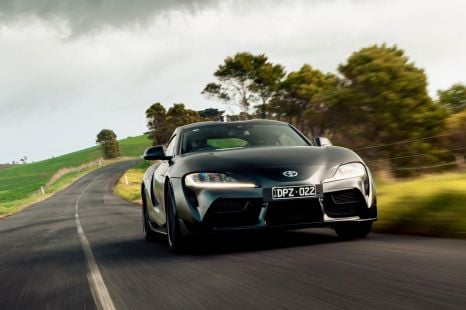

Max Davies
3 Days Ago


Neil Briscoe
2 Days Ago
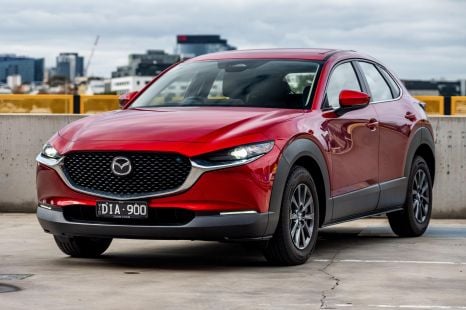

Max Davies
1 Day Ago
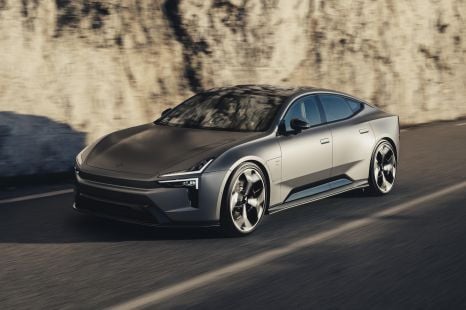

Damion Smy
7 Hours Ago